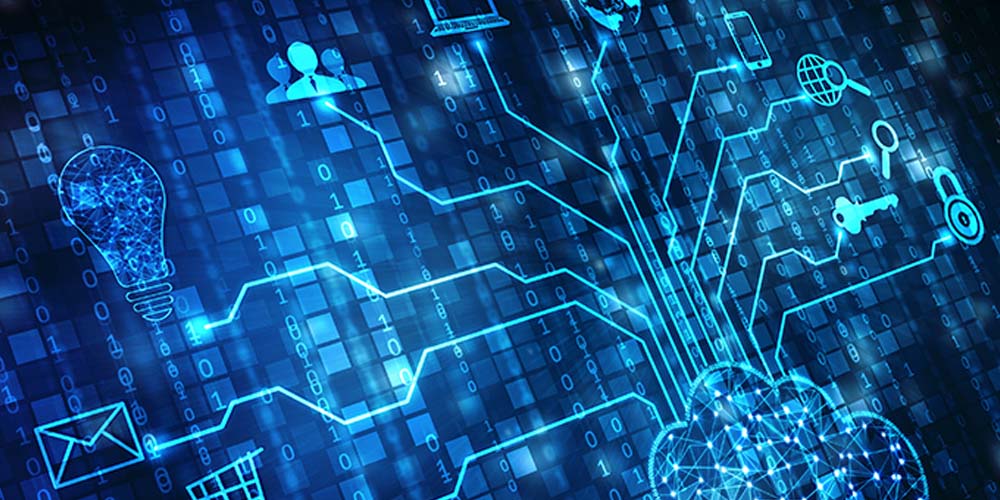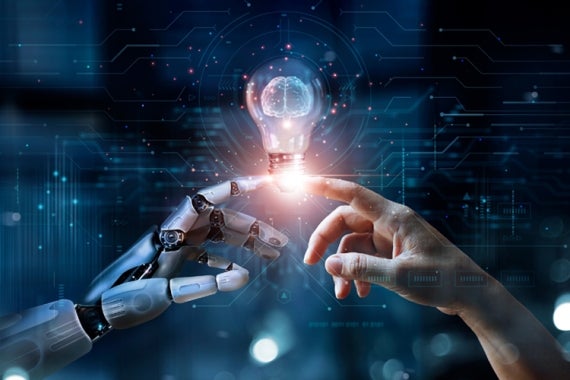Cloud Computing vs Edge Computing: What’s the Difference?

Did you know that 90% of companies are already using or planning to migrate their business operations to cloud servers? Integrating and streamlining business processes onto the cloud has become the norm in many industries because it allows for better data management and remote work.
However, with the increased usage of Internet-of-Things (IoT) devices, edge computing is slowly becoming the next big trend. Research by Gartner predicts that by 2025, 75% of enterprise-generated data will be processed by edge computing.
What is Cloud Computing?
Cloud computing refers to a network of servers, storage, apps, and development tools that are enabled through the internet. Using cloud computing means that companies outsource their networks and servers needed to run operating systems to a cloud provider, instead of building their own servers.
Some everyday examples of cloud computing are Google Cloud, Amazon Web Services, and IBM Cloud. All these platforms allow for remote access to shared resources through a stable internet connection.
What is Edge Computing?
Edge computing refers to a range of servers and networks that are geographically close to the end user or device. Given its close proximity to the user, edge computing is able to process data in local edge devices without the need for an internet connection. This allows for faster processing in real-time applications.
Although it may appear complicated, we actually use edge computing in our daily lives. Most smartphones are edge devices that are able to process data and requests faster, for instance unlocking with facial recognition. According to Accenture, a global professional services company with leading capabilities in digital, cloud and security, the latest 5G technology is said to bring powerful wireless connectivity to edge computing with low latency and high cellular speed. Apart from that, security cameras that run live feeds also use edge computing because it reduces latency and improves quality. These are just a few of the many examples of edge computing.

Cloud Computing vs Edge Computing
Cloud computing and edge computing are often used interchangeably, but both systems possess immense differences. They are not rival technologies, but rather, they are sibling technologies.
Here’s how cloud computing and edge computing differ:
Difference #1: Cloud computing uses more bandwidth than edge computing
Edge computing was initially developed to help companies save on expenditure as it uses less bandwidth than cloud computing. Systems and applications that run on cloud computing require more bandwidth because data packets have to travel through and from a centralised server that may be located thousands of miles away from the device.
Edge computing, however, is able to decrease dependence on bandwidth because devices that are within close proximity are used as servers. This immediately alleviates concerns about power consumption, security, and latency.
Difference #2: Cloud computing handles larger data processing
As we know, big data is taking the world by storm, with the volume of global data creation predicted to reach 181ZB by 2025. One of the benefits that cloud computing has over edge computing is that it can process larger amounts of data than traditional data centres can handle.
Through cloud computing, businesses are able to store, access, and manage big data remotely without having to buy or lease their own equipment. This allows organisations to significantly reduce costs, while increasing efficiency. A good example of this is the ability to store and access photos and videos on Google Drive without the need for an actual hard drive.
Difference #3: Edge computing poses a lower risk of data breaches
Since data travels through the cloud in cloud computing, there’s a higher chance of data packets being intercepted or tainted during their journey. With edge computing, data travels at a faster rate, leaving less room for it to be tampered with.
However, this does not mean cloud computing has poor security. As long as companies and cybersecurity professionals implement proper encryptions and cutting-edge cybersecurity measures, you can rest assured that your data is safe in the cloud.
Difference #4: Edge computing can operate without the internet
When referring to edge computing, it’s important to note that the term “edge” refers to the physical location where data is processed – not the location of your device. In other words, your data is processed by your devices. Cloud servers, on the other hand, constantly require an internet connection to process and update data.
Edge computing can operate without the internet because it relies on being geographically close to your IoT device, rather than the speed of your internet connection. This paves the way for faster data processing, which ultimately improves efficiency.
Difference #5: Edge computing is used for time-sensitive data
Both types of computing acquire and process data quickly. But, edge computing is faster at delivering processed data compared to cloud computing. Due to this, companies often opt to employ the use of edge computing for time-sensitive data used in apps that require little reaction time, such as voice communications, instant messaging, and video streaming.
In contrast, cloud computing is designed to store large amounts of data and allow remote access with a stable internet connection. Naturally, this would take up a bit more time as it’s a longer process to retrieve and send data to devices.

Become a Data and Computing Expert
Cloud computing and edge computing are just scratching the surface of what IoT is capable of. To prepare for the future, you have to equip yourself with adequate data skills and computing knowledge.
Sunway University Online can help propel your career in data science with our Master in Data Science. By enrolling in this programme, you’ll learn all the best practices of data science – including when to use cloud computing or edge computing.
Talk to our Education Counsellors to learn more about what you stand to gain from the programme today!





